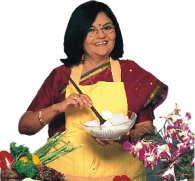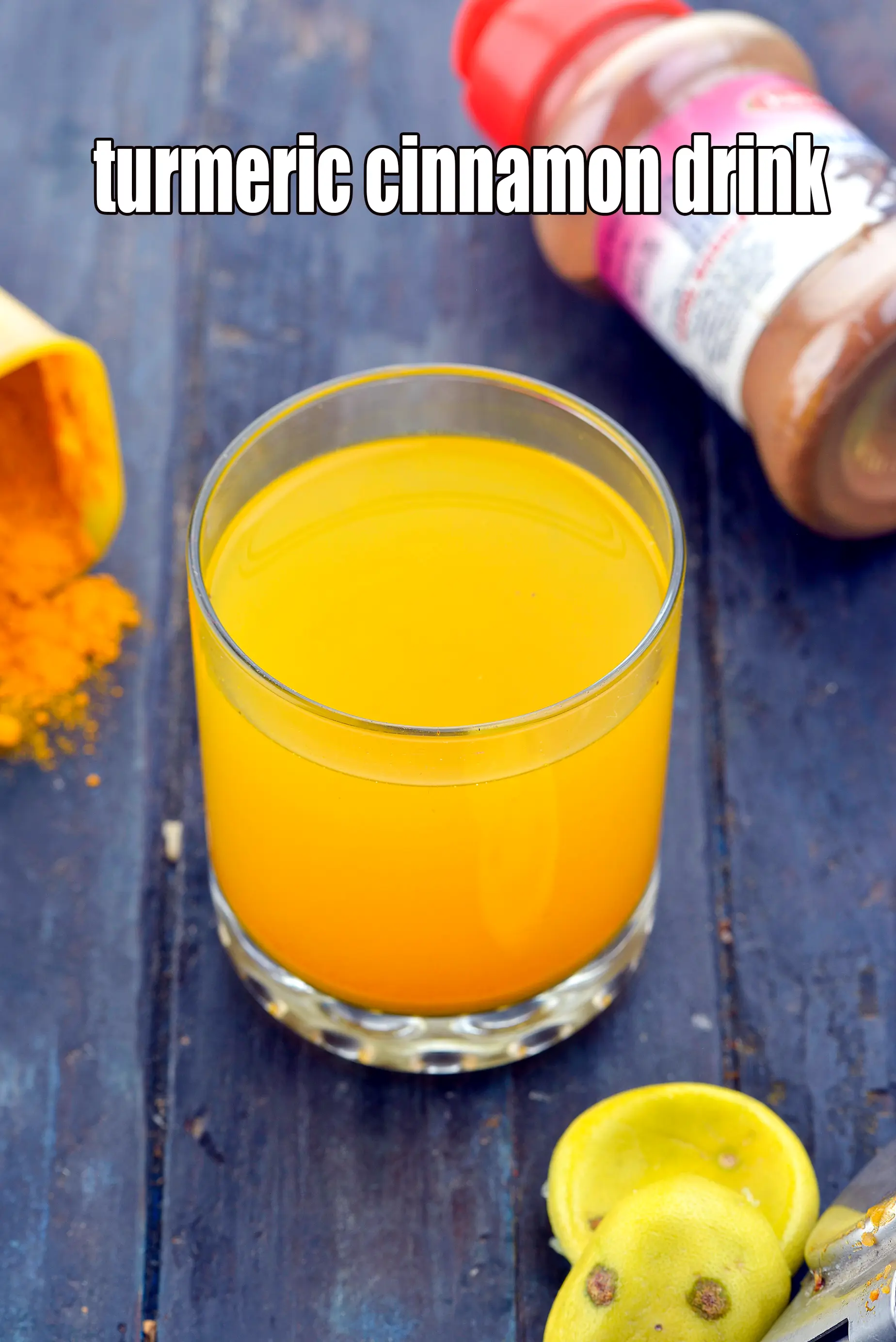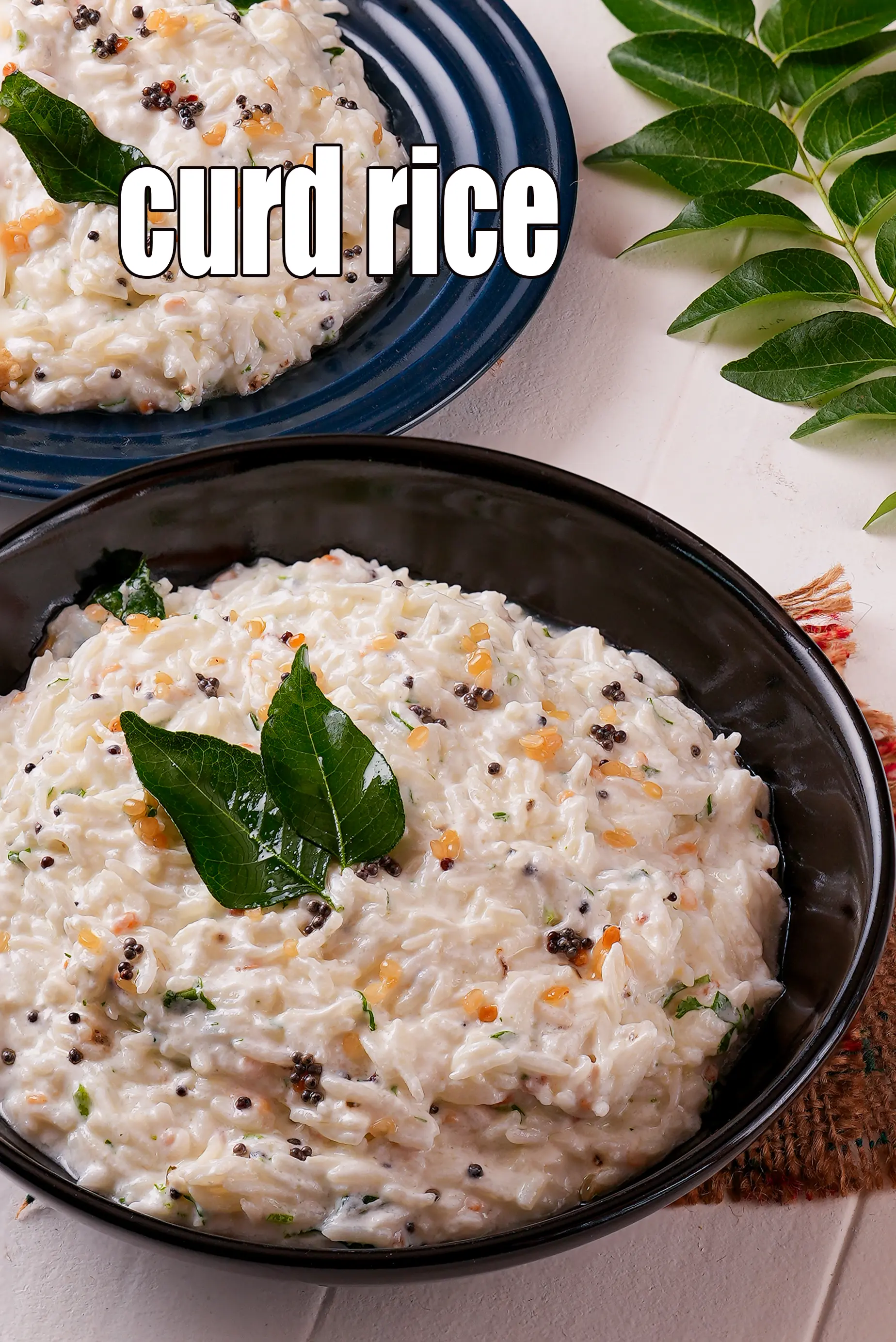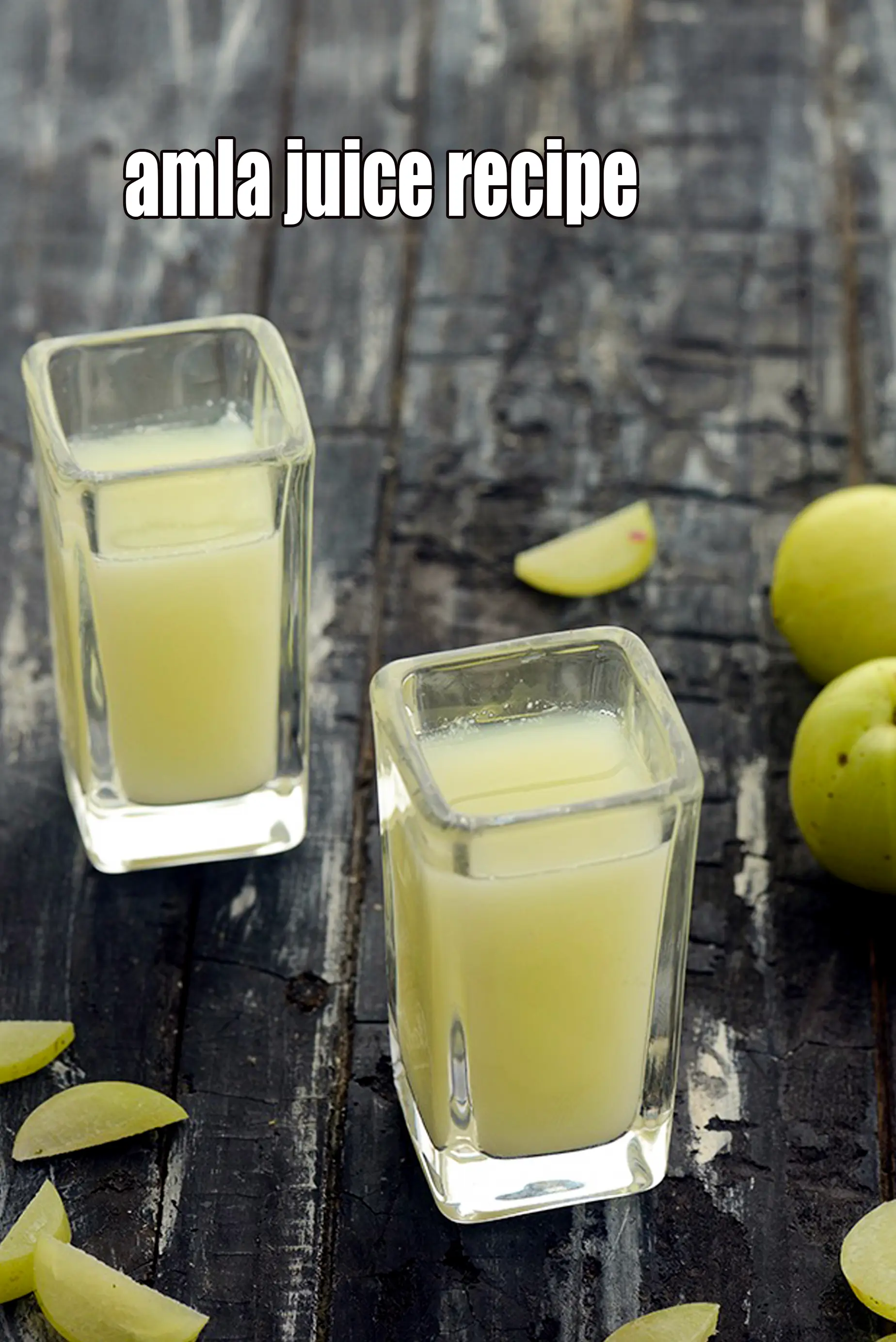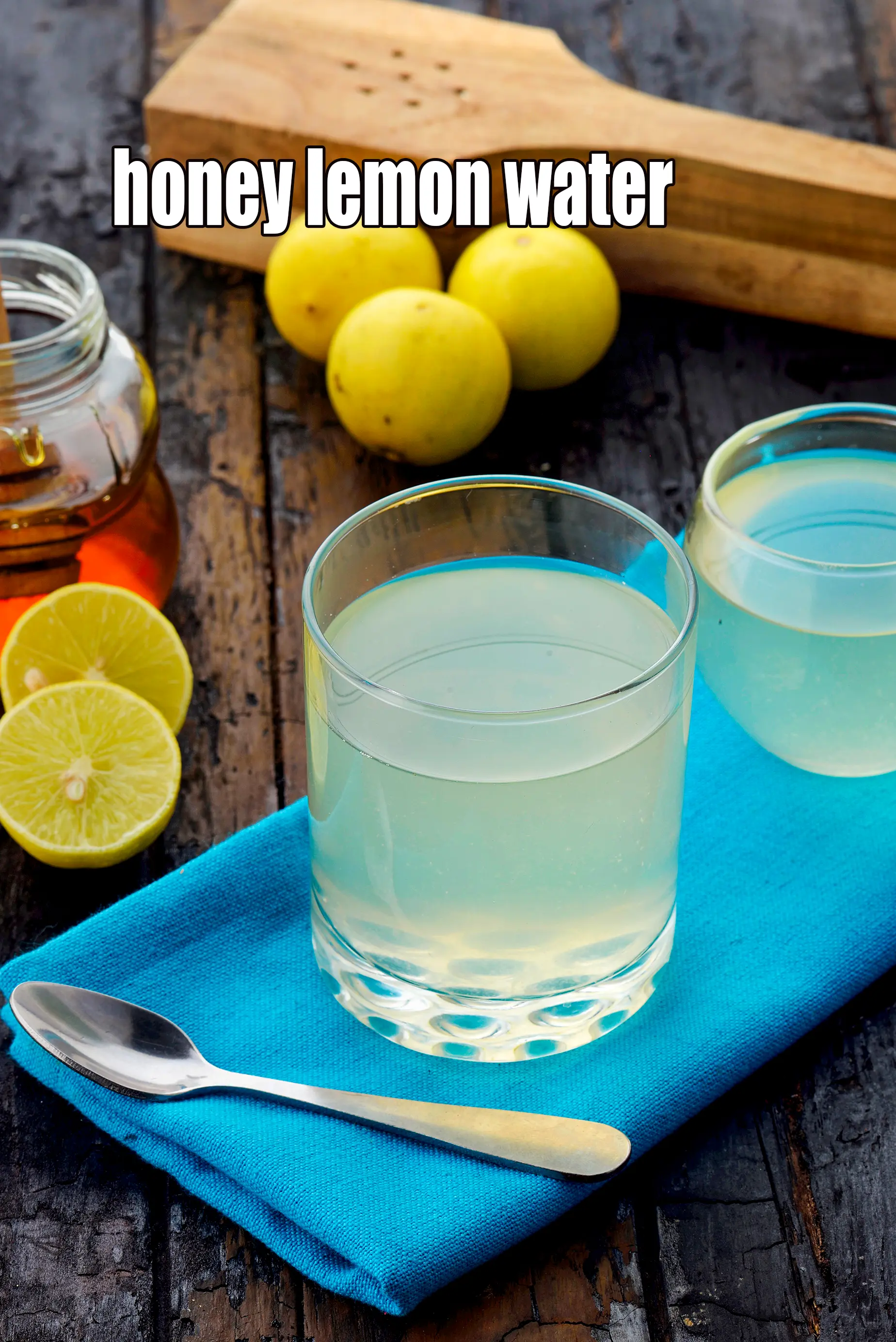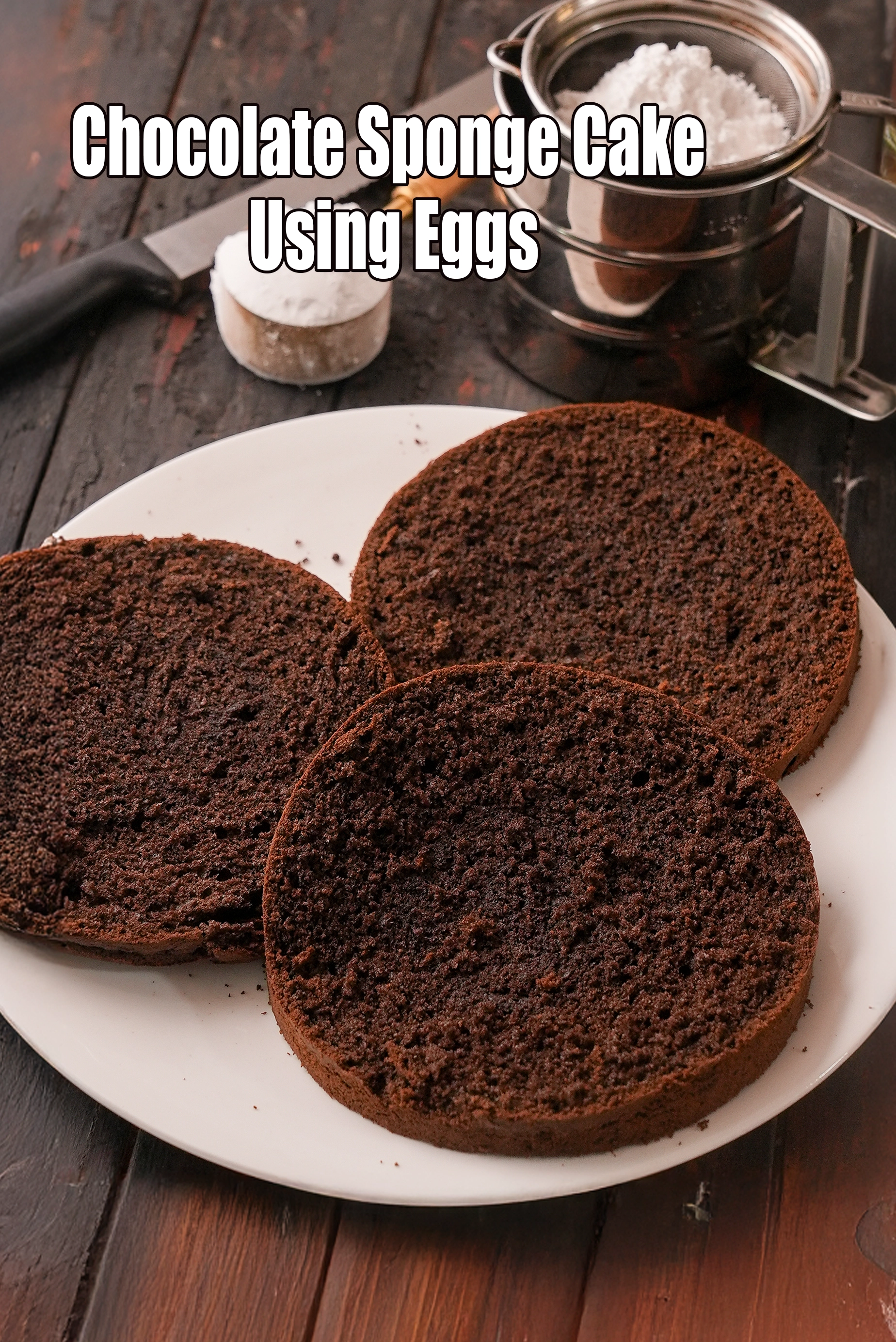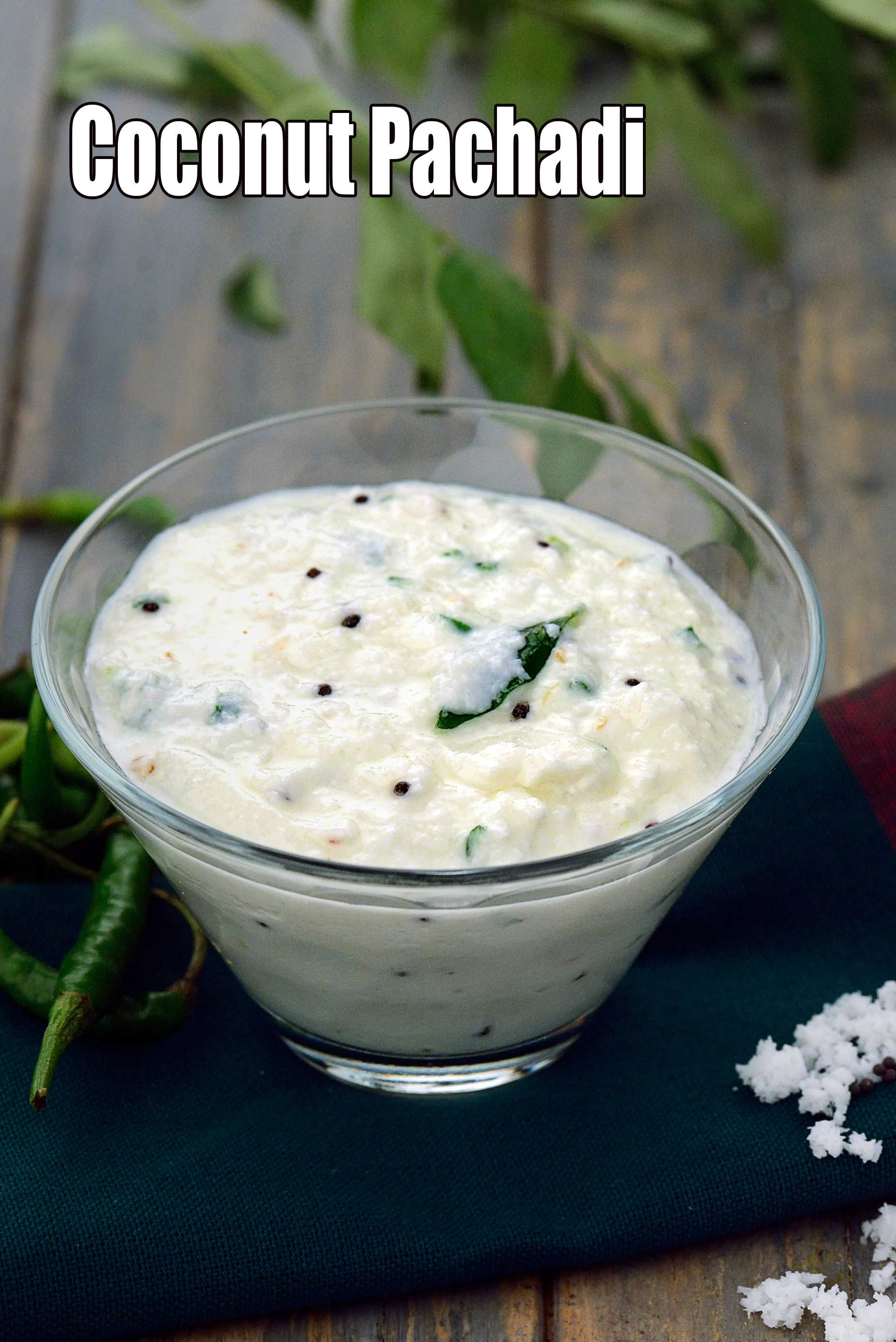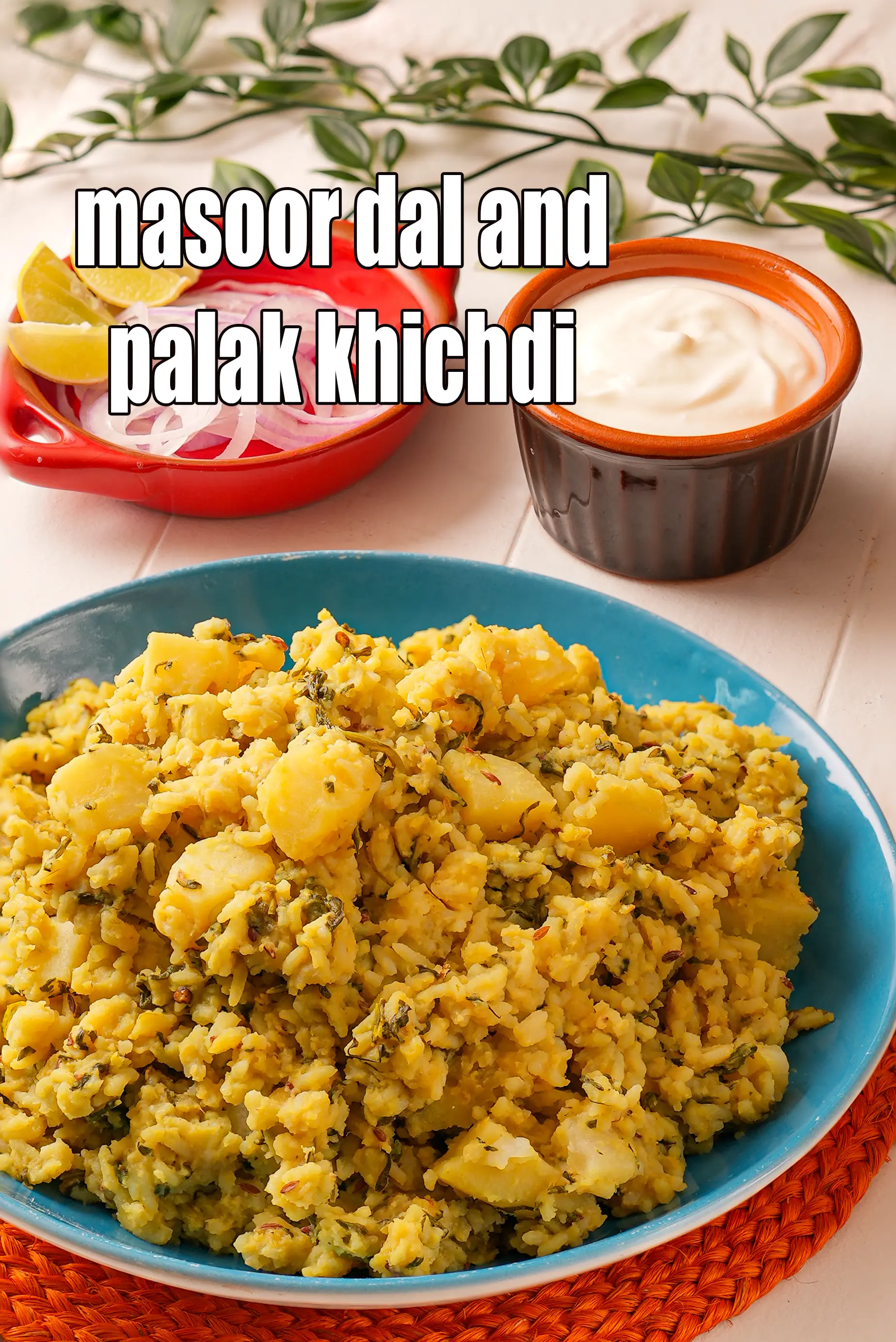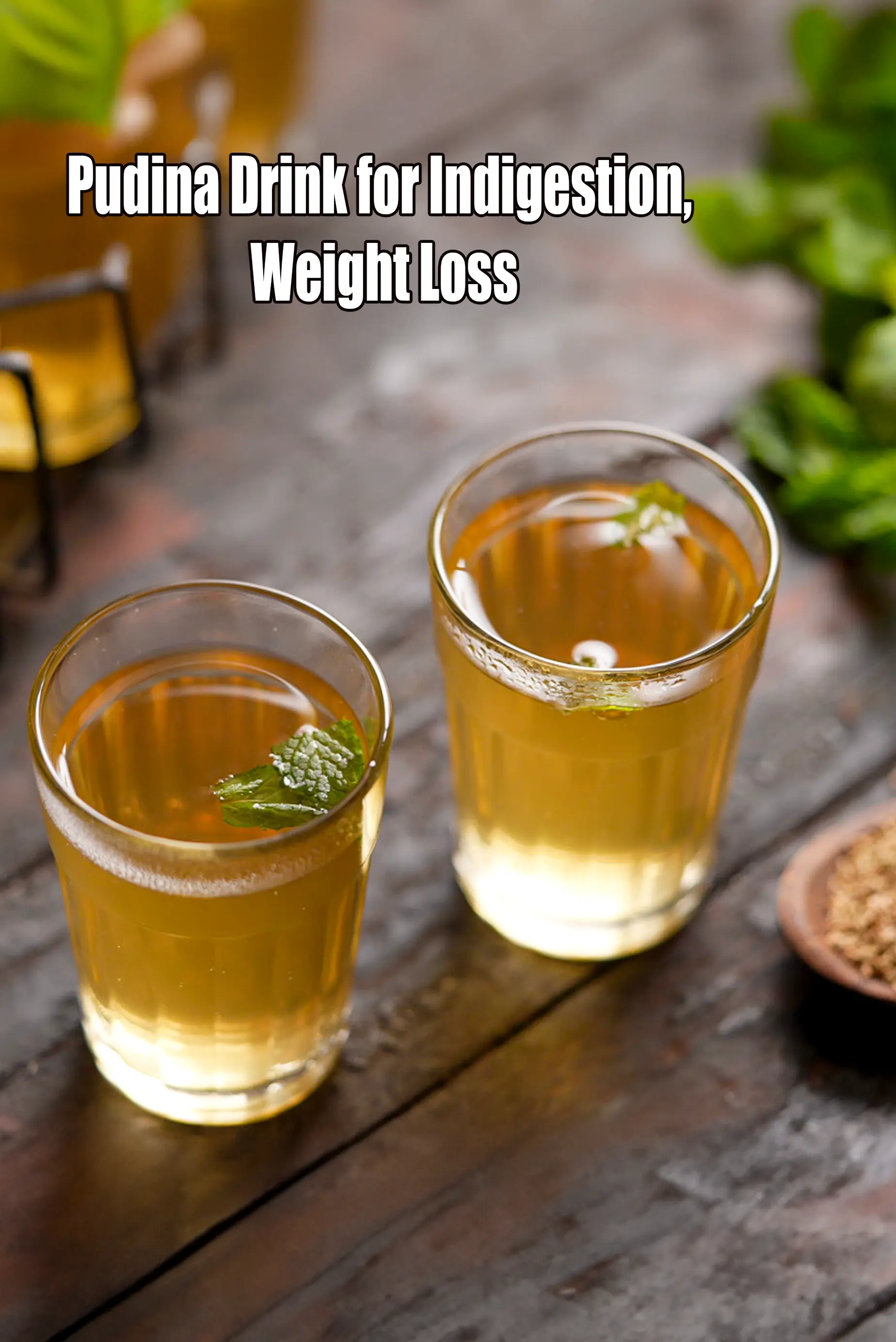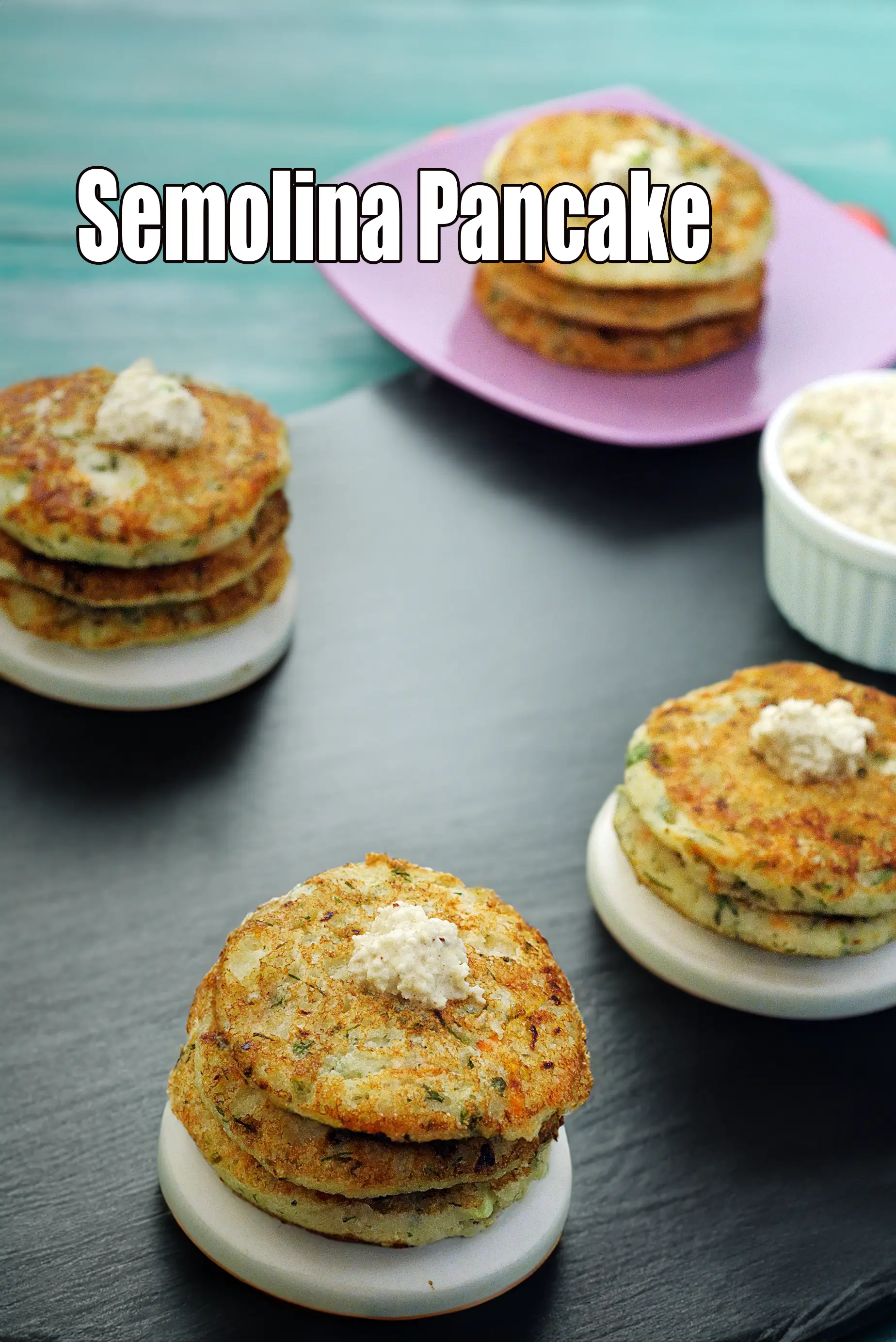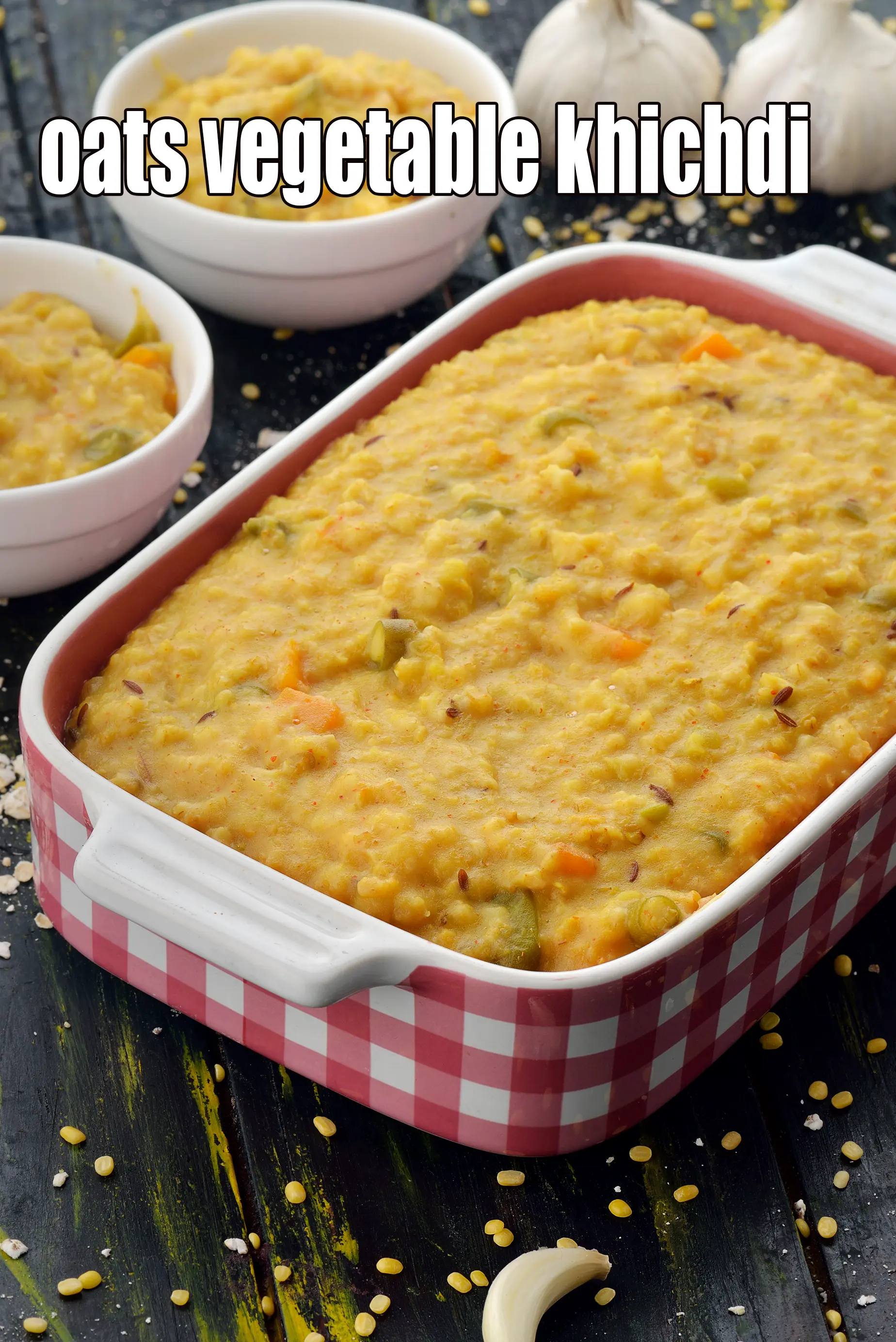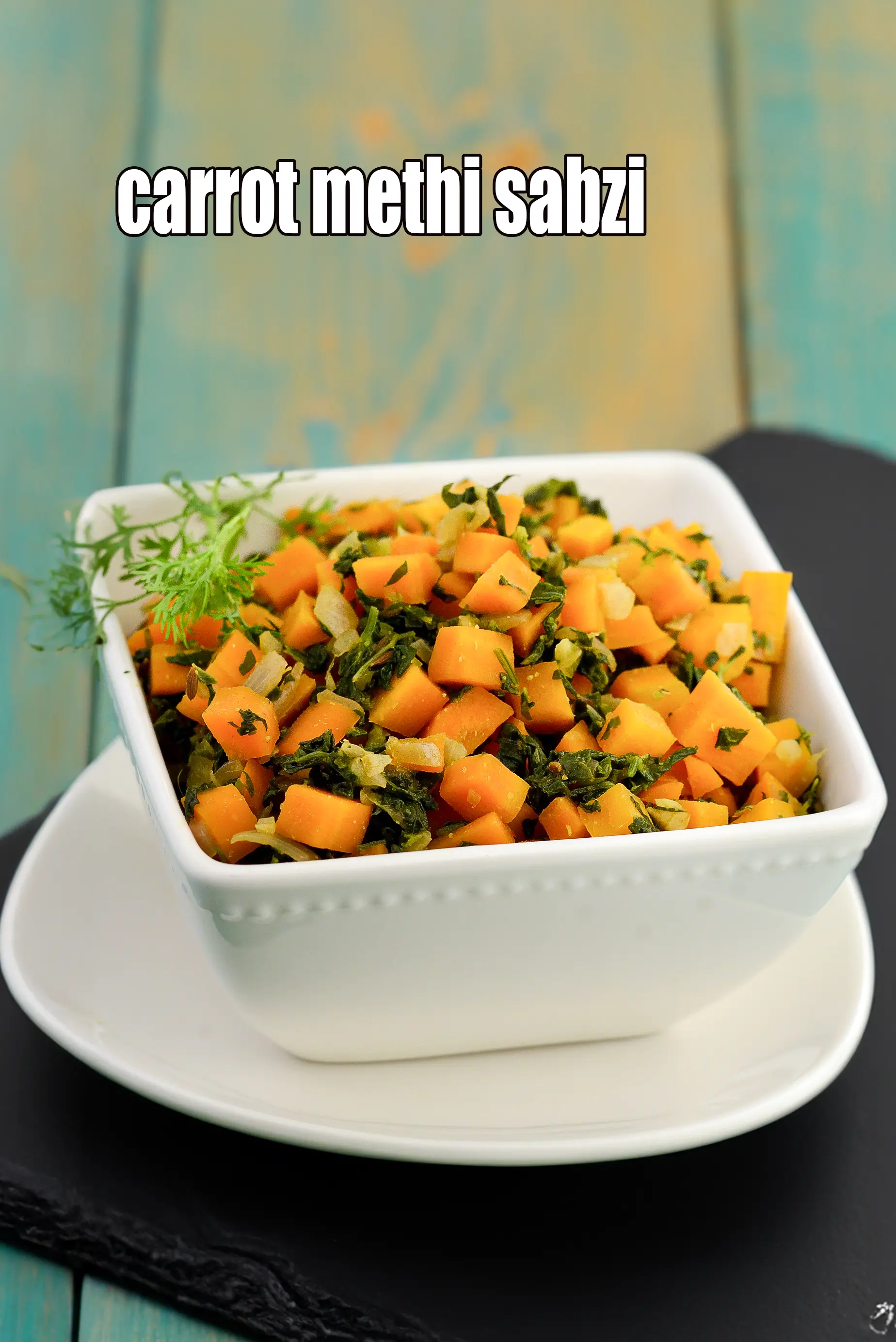Nutritional Facts of Onion Uttapam, South Indian Onion Uttapam, Calories in Onion Uttapam, South Indian Onion Uttapam
This calorie page has been viewed 5260 times
Nutrient values per uttapam
| Energy | 65 cal |
| Protein | 22.3 g |
| Carbohydrates | 13.7 g |
| Fiber | 1.2 g |
| Fat | 0.1 g |
| Cholesterol | 0 mg |
| Vitamin A | 2.1 mcg |
| Vitamin B1 | 0 mg |
| Vitamin B2 | 0 mg |
| Vitamin B3 | 0.4 mg |
| Vitamin C | 0 mg |
| Folic Acid | 8.2 mcg |
| Calcium | 9.8 mg |
| Iron | 0.5 mg |
| Magnesium | 0 mg |
| Phosphorus | 0 mg |
| Sodium | 2.3 mg |
| Potassium | 44.7 mg |
| Zinc | 0.3 mg |
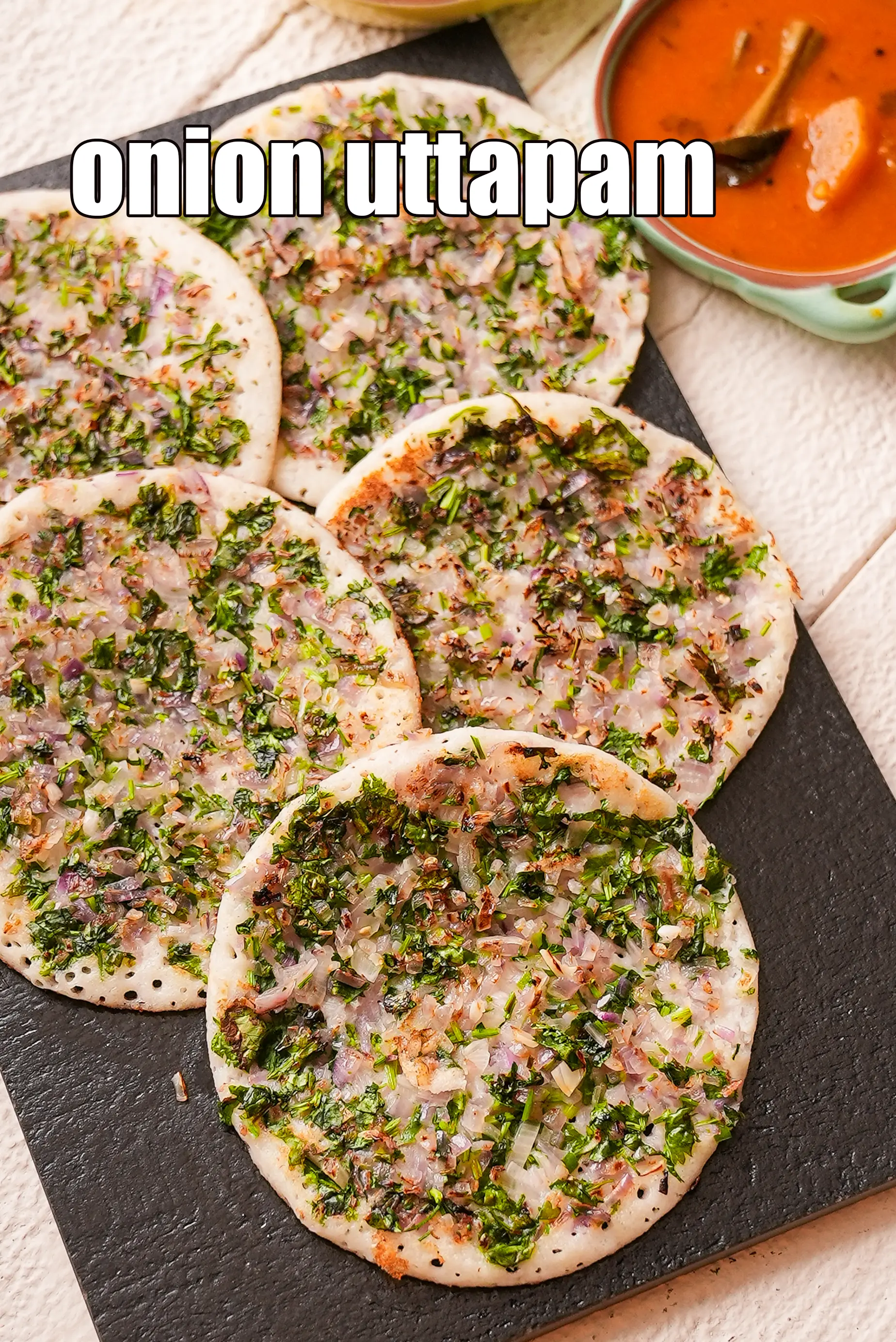
ऑनियन उत्तपम रेसिपी के लिए कैलोरी - हिन्दी में पढ़ें (Calories for Onion Uttapam, South Indian Onion Uttapam in Hindi)
Click here to view Onion Uttapam, South Indian Onion Uttapam
